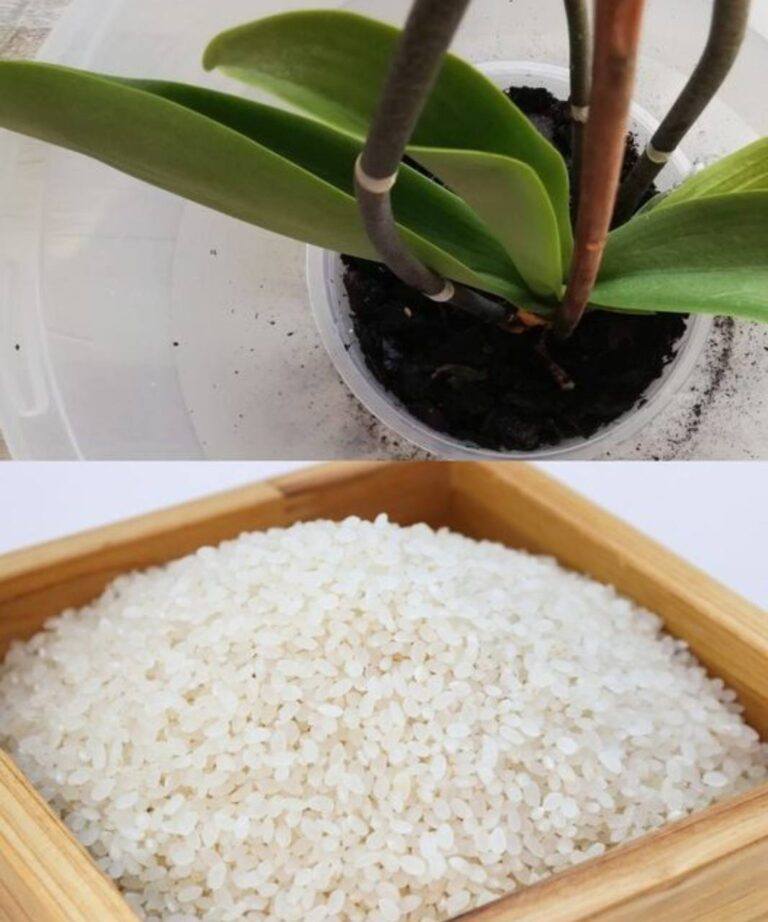ADVERTISEMENT
Orchids are very slow-growing plants, and they don’t need frequent feeding. In fact, overfeeding can lead to root damage and leaf yellowing. To keep your orchid healthy and blooming, feed it with a **balanced orchid fertilizer** once every **two months** during the growing season (spring and summer). During the dormant season (fall and winter), skip the fertilizer.
**Tip:** Use a diluted solution of orchid-specific fertilizer. Orchids only need a small amount of nutrients, so a little goes a long way.
#### 4. **Repotting: The Key to Healthier Blooms**
Orchids don’t need to be repotted frequently, but when they do outgrow their pot, it’s time for a refresh. Typically, orchids should be repotted **every 1 to 2 years** to ensure their roots have enough room to grow. Repotting also allows you to replace old potting medium, which can break down over time and affect drainage.
Use **orchid potting mix**, which is designed to provide the right level of aeration and drainage. Avoid using standard potting soil, as it retains too much moisture for orchids.
#### 5. **Encouraging Flowering**
Here’s the most exciting part: getting your orchid to flower. Orchids typically flower once a year, but with the right care, some varieties will bloom multiple times throughout the year.
– After the orchid finishes flowering, **cut the flower spike** about an inch above the base if the flowers have faded. Sometimes orchids will bloom from the same spike again, and this will encourage new blooms to grow.
– **Patience is key**—orchids bloom at their own pace, and stressing them out by constantly checking for flowers won’t speed up the process. Trust that your orchid will bloom when it’s ready.
**Tip:** Orchids often flower best after a period of cooler temperatures, so if your orchid is not blooming, consider placing it in a cooler room for a while to help stimulate the flowering process.
### The Magic of a “Dry Stump” Covered with Flowers
Many orchid owners despair when their plants stop flowering or seem to be at a standstill. But here’s where it gets interesting – I’ve found that even an orchid that seems like a “dry stump,” with no visible growth or blooms, can be revived with just the right care. By giving it the one glass of water per month, maintaining the right environment, and feeding it properly, the orchid can surprise you by coming back to life with gorgeous blooms, often when you least expect it.
This simple routine of minimal watering, proper light, occasional feeding, and patience can turn a seemingly lifeless orchid into a thriving, blooming beauty. Even if you think your orchid is too far gone, it might just be waiting for the right conditions to revive and surprise you with vibrant flowers.
### Conclusion: A Simple Routine for Year-Round Beauty
It’s not magic—it’s just understanding what your orchid needs and giving it the proper care. With a few simple steps and the right attention, you can keep your orchid flowering all year round with minimal effort.
The secret? A glass of water once a month, coupled with patience and the right environment. You don’t need to overwhelm your orchid with constant attention—just create the perfect conditions for it to thrive, and it will reward you with its stunning blooms.
So, if you’ve been struggling with your orchid or if it’s been sitting in your home gathering dust, it’s time to try this method. You’ll soon be amazed at how easily even the most dormant “dry stumps” come back to life, covering your space with beautiful, long-lasting flowers. Happy orchid growing!
